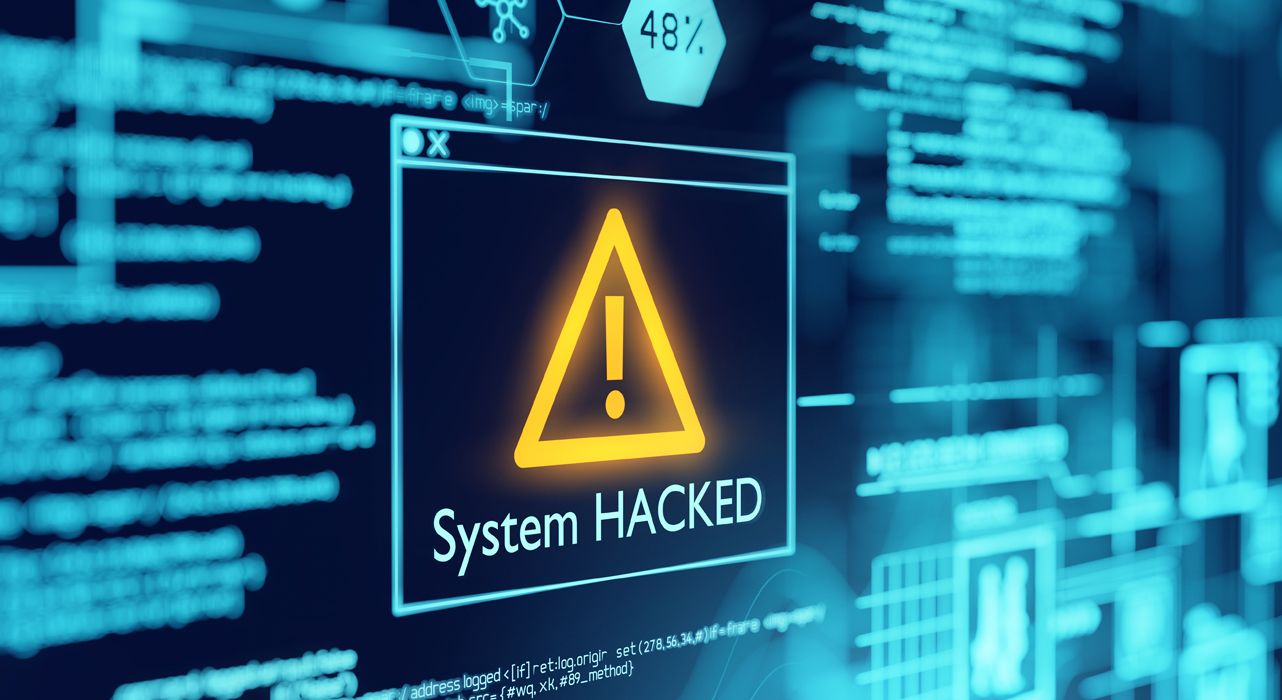
08 Jul MALWARE, SPYWARE, RANSOMWARE: WHAT’S THE FUTURE OF CYBERSECURITY?
What’s the future of cybersecurity? Keynote speakers and futurists often love to debate this topic, given how rapidly the field is evolving – as are the online threats that organizations now tend to face. In fact, hundreds of new threats are released every minute. Soooo as future of cybersecurity keynote speakers and consultants, we wanted to talk about several emerging trends and innovations that should be top of mind here.
- Smart Technology: News flash – it’s no secret that AI and ML are becoming critical tools for threat detection and response. However, these technologies can also be used by malicious actors to launch sophisticated cyberattacks, leading to an arms race of sorts in the anti-virus, -spam, and -malware world.
- Advanced Attacks: Of course, as future of cybersecurity keynote speakers frequently remind us, cyber threats are also becoming more complex and sophisticated as well. Attackers are likely to continue developing new techniques and strategies, ranging from advanced persistent threats (APTs) to AI-powered attacks.
- Connected Security: The Internet of Things (IoT) presents a major security challenge due to the proliferation of connected devices, many of which have poor security measures. Ensuring that these devices do not become points of vulnerability will be a major focus for the field going forward.
- Online Defenses: As more businesses move their data and operations to the cloud, securing these environments will be a primary concern, per leading future of cybersecurity keynote speakers. That means addressing issues around data privacy, access control, and the security of the cloud infrastructure itself.
- Networking Challenges: The deployment of 5G networks will introduce new cybersecurity considerations. While this communications advancement has security enhancements over its predecessors, its wide-ranging impact on IoT, autonomous vehicles, and other systems means that vulnerabilities could have significant repercussions.
- Government Oversight: Increasing concerns about data privacy are leading to stricter regulations globally, such as the General Data Protection Regulation (GDPR) in the European Union. Compliance with these regulations will be a major aspect of operations in coming months.
- Recruitment Challenges: There is currently a shortage of skilled cybersecurity professionals, and this gap may widen as the cyber threat landscape becomes more complex. Organizations and educational institutions will need to find ways to develop more cybersecurity talent.
- Supply Chain Attacks: As seen in the SolarWinds attack, these virtual assaults can have far-reaching consequences. Future cybersecurity strategies will need to put greater emphasis on securing logistical elements.
- A World of Zeroes: The zero trust model, which operates on the principle of “never trust, always verify,” is likely to be more widely adopted in coming years, as future of cybersecurity keynote speakers have posited. Such a mindset could help prevent unauthorized access and limit potential damage from breaches.
- Insuring Businesses: As online attacks become more prevalent, the demand for cybersecurity insurance is likely to grow, which could drive improvements in security practices, as insurers may require certain measures to be in place.



